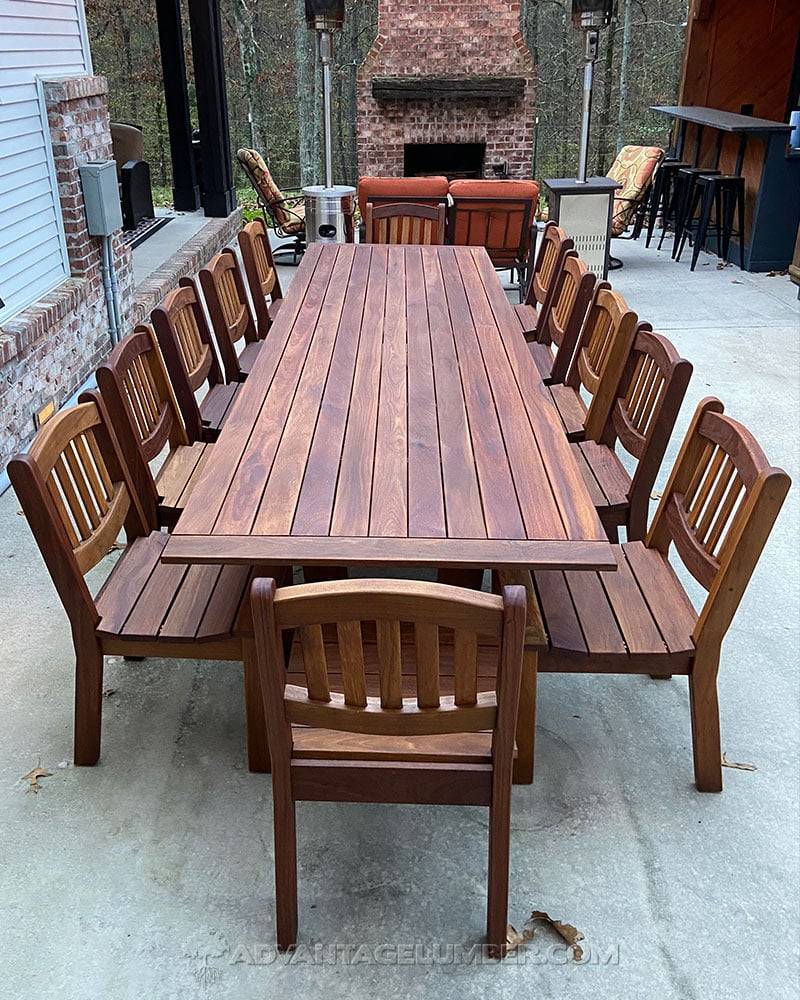Wildfires are a natural and often devastating occurrence that have prompted a significant shift in building codes and material requirements, particularly in Wild Land Urban Interface (WUI) areas.
The WUI, a zone of transition between unoccupied land and human development, has become increasingly prone to wildfires. As a result, the construction industry and regulatory bodies have emphasized the need for enhanced building codes to mitigate the risks associated with wildfires.
Understanding the Wild Land Urban Interface
The WUI is characterized by its proximity to forests, grasslands, or other natural terrains, making it inherently vulnerable to wildfires. With the expansion of urban development into these areas, the risk of property damage and loss of life has escalated. The WUI’s unique setting demands specialized building codes to protect both the environment and the properties within it.
Evolution of Building Codes in WUI Areas
Historically, building codes in WUI areas were not significantly different from standard construction regulations. However, with the increasing severity and frequency of wildfires, these codes have evolved to incorporate stricter guidelines and requirements. This evolution reflects a deeper understanding of fire behavior and the need for resilience in building design and materials.
Key Elements of Extreme Wildfire Building Codes
- Fire-Resistant Materials: The choice of building materials is critical in WUI areas. Materials such as non-combustible siding, decking, and roofing are now often mandated. These materials are designed to withstand high temperatures and resist ignition from flying embers and radiant heat.
- Defensible Space: Creating a defensible space around properties is another key aspect. This involves managing vegetation to reduce fuel for fires, thereby creating a buffer zone that can slow or stop the spread of fire to the building.
- Design Considerations: Architectural design plays a vital role in wildfire resistance. Features like ember-resistant vents, multi-pane windows, and covered gutters are becoming standard to prevent embers from entering the building or igniting materials.
- Emergency Access and Water Supply: Improved access for firefighting equipment and a reliable water supply are crucial for effective fire response. Building codes now often include requirements for road design and water storage facilities.
Challenges and Implementation
Implementing these stringent codes is not without challenges. The increased cost of construction and the need for specialized materials can be significant barriers. Moreover, ensuring compliance, particularly in remote or rural areas, poses its own set of difficulties.
The Future of Building in WUI Areas
As wildfires continue to be an increasing threat, building codes in WUI areas will likely become even more stringent. Innovation in fire-resistant materials and building techniques will be essential to meet these evolving standards. The emphasis will be on creating sustainable, fire-adapted communities that are both safe and environmentally conscious.
Building a Deck in WUI Areas
Building a deck in a Wild Land Urban Interface (WUI) area requires special considerations to ensure it is resistant to the threats posed by wildfires. Here are the key changes and considerations you need to make when constructing a deck in such an area:
1. Material Selection:
- Non-Combustible Materials: Opt for non-combustible or fire-resistant materials. This includes using metal, composite materials, or specially woods like Ipe and Cumaru that have a higher resistance to fire.
- Avoid Flammable Materials: Traditional decking materials like untreated wood can be highly flammable and should be avoided in WUI areas.
2. Design Considerations:
- Elevation: Raised decks should have non-combustible materials or fire-resistant screening below to prevent debris accumulation and protect against embers.
3. Maintenance and Landscaping:
- Regular Cleaning: Keep the deck area free of debris, leaves, and pine needles which can be potential fuel for fires.
- Fire-Resistant Plants: Surround your deck with fire-resistant landscaping to create a defensible space that can act as a buffer against wildfires.
4. Attachment to the Main Structure:
- Firebreaks: If the deck is attached to the house, consider integrating firebreaks or using materials at the attachment point that have higher fire resistance to prevent fire from spreading to the main structure.
5. Building Codes and Regulations:
- Compliance: Adhere to local building codes specific to WUI areas. These codes might have explicit requirements for decking materials and construction methods. The building codes in WUI areas will differ by state and local municipality so make sure you check with your local building code enforcement office.
- Permits: Ensure that all necessary permits are acquired, and that your design meets the local fire safety regulations.
6. Fire-Resistant Accessories:
- Furniture and Features: Use fire-resistant furniture and features on your deck. Avoid items that could easily ignite or melt under high temperatures. Wicker furniture with combustible cushions would not be a good idea. Chairs and table or builtin benches made out of woods like Ipe or Cumaru would be a much better alternative.

7. Inspections and Certifications:
- Professional Consultation: It’s advisable to consult with a professional who has experience in building in WUI areas to ensure your deck design meets all safety standards.
- Certifications: Use materials and products that have been certified for use in fire-prone areas.
Conclusion
Building a deck in a WUI area requires careful planning and consideration of materials, design, and maintenance to ensure it is as fire-resistant as possible. By adhering to local regulations and employing fire-safe practices, you can create a deck that is both enjoyable and safe in the face of wildfire risks.
